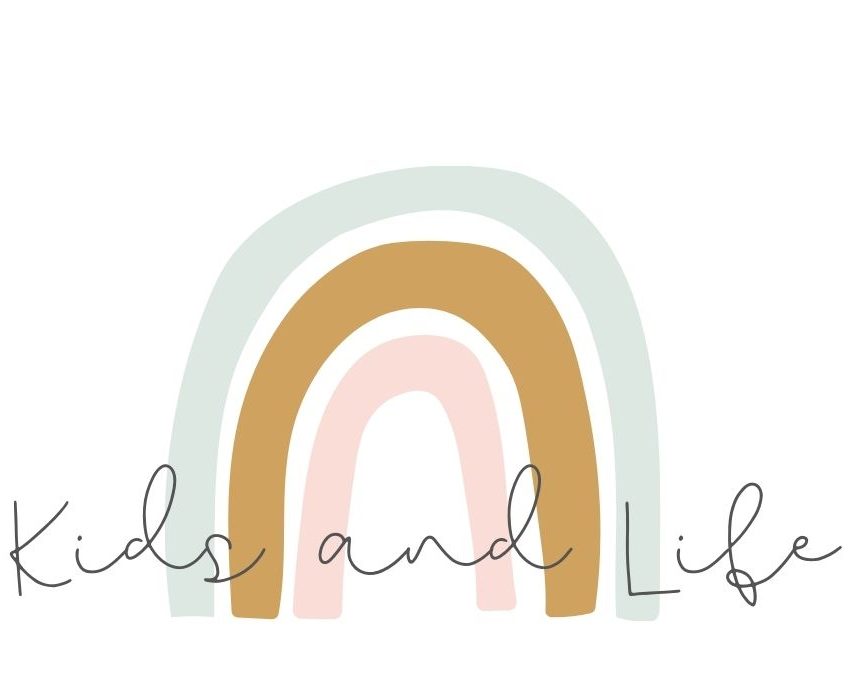Oh occupational therapy. No one knows what you are.
Whenever I meet a new patient and their family, I always start my evaluations asking, “Do you know what OT is? Do you know why you’re here?” Much of the time, they don’t know or cannot tell the difference between occupational and physical therapy. Most people are confused about what occupational therapy (OT) is. I have heard many guesses and most of the time, they are incorrect. I feel very passionate about spreading the word about OT. Because it’s so great!
Here’s how I like to describe OT:
Occupational therapy helps any individual do the activities that he/she needs or wants to do.
Boom. That’s it. Wait… that’s a lot of things.
OT and our Giant Scope
We look at a client’s abilities, their environment, and what skills the activity requires. We will help the client become as independent, safe, and effective at a task as possible. We work with the entire age range including premature infants in the NICU and individuals in hospice care and everywhere in between.
At our roots, we attend to functional activities that are important to each individual’s life. We have specialized training in sensory processing and mental health. We are able to look at many factors that may affect a client’s participation including strength or muscle tone, coordination, development, cognition, sensory processing abilities, visual skills. These factors can affect basic self care skills or activities of daily living (ADL: feeding, dressing, toileting), higher level activities or instrumental activities of daily living (IADL: cooking, cleaning, money management), or the highest level of planning and operating or executive functioning skills (memory, organizing, attending, emotional regulation). These activities impact the care of yourself and others, how you spend your time, your identity, what you do for work and leisure. Basically, we could work on any area that might be impacting an individual’s participation. If you like hearing about this, check out the OT Framework in the resources at the end of this post.
OT and Your Child
So, how can OT help you? Since this blog focuses on pediatric ideas (things for kids), you are likely here because you are a parent, a caregiver, or a provider. Maybe the child in your mind has a diagnosis, maybe you’re awaiting a diagnosis, maybe he or she just needs a little more work in a specific developmental area, maybe you’re feeling stuck or want to provide appropriate activities, maybe you’re on a wait list for a therapy evaluation, or maybe your insurance is not covering the therapy that might be necessary.
Whatever your purpose, I hope you find some information to get you started here. Please refer to my legal information and understand that information in this blog does not take place of a formal evaluation and individualized treatment plan.
Children’s occupations may look a little differently than an adult’s. Occupational therapy focuses on developmental milestones, eating and self feeding, age appropriate self care independence, school participation such as handwriting and cutting, paying attention, completing chores, emotional or sensory regulation, and play. I have met many children that have difficulty in any of these areas and most times, they have a hard time in many of the areas!
I continue to believe that if children are given the necessary tools to succeed, they will succeed beyond their wildest dreams!
-David Vitter
If you are a parent, you are not alone. If you are a caregiver, kudos to you for doing your research. If you are a provider, I’m glad you’re here! Let’s collaborate. We’re all here for the same reason: supporting children. Please join me in continuing to help children thrive, gain independence, and improve their quality of life.
What do you want to hear about? Do you have questions or topic ideas that you would like to see featured? I want to hear from you! I will certainly try to address topics, however I am a typical provider and may not have the tools necessary to confidently address every topic.
Leave a comment below and thanks for visiting!
Occupational Therapy Practice Framework: Domain and Process. (2014). American Journal of Occupational Therapy, 68(1), S1-S48.

